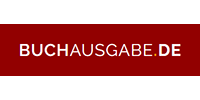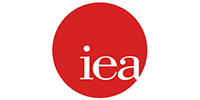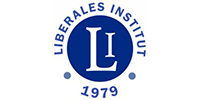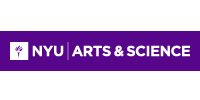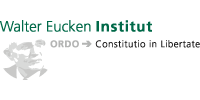Dollarization and bank runs
One of Argentina’s most frequently raised objections to dollarization is the immediate concern of a potential bank run. If deposits were to be dollarized without a sufficient reserve of actual dollars, people would rush to withdraw their dollars from banks, precipitating a run. This fear is particularly concerning given Argentina’s current economic situation, where dollarization would need to occur without an adequate supply of dollars in the central bank.
It’s essential to acknowledge that the threat of a bank run exists not only in a dollarized scenario but also under bi-monetarism or any other monetary regime. Historical evidence indicates that bank runs occur due to rational concerns, typically related to insolvency rather than mere illiquidity or random events (“sunspots”).
So, does it truly make sense to assume that dollarization would inevitably lead to a bank run? Several factors suggest that such a scenario has a low probability of occurrence.
Conversion Exchange Rate
Since dollarization takes place at the equilibrium exchange rate, acquiring dollars will not be cheap – this is different from the current situation where the official exchange rate is below equilibrium. This means there would no longer be a “price incentive” to deposit pesos and then withdraw dollars at different rates.
Transactional deposits
Currently, banks in Argentina hold a sizable portion of deposits for day-to-day transactions, such as paying salaries and suppliers. This money, even if withdrawn from banks, returns to banks when used to pay for services, purchases, and taxes. As the figure below shows, Argentina already has a low level of monetization.

The Issue of Small Change
Cash transactions need access to small change, which initially, after a dollarization, will only be available in pesos. For the consumer this is not an issue. The conversion rate of pesos to dollars is not only fixed, he can easily get rid of pesos by purchasing goods and services or paying taxes. For the producer, receiving pesos is not a major issue as well because he can easily dollarize them by making a bank deposit or paying taxes.
International Experience
Ecuador provides an interesting case study, as it also implemented dollarization amid an economic and political crisis. Despite challenging conditions and negative real interest rates, deposits returned to Ecuadorian banks after the announcement of dollarization. Differently to Ecuador, Argentina could potentially design a more robust and efficient dollarization plan.
The Argentine Reserve Bank
Our proposal, developed with Emilio Ocampo, includes a banking reform where private commercial banks’ reserves are deposited with the Argentine Reserve Bank (BRA), an entity with international jurisdiction tasked with safeguarding banks’ reserve requirements. This approach safeguards reserves from government interference.
A proper bank reform that includes international financial integration also allows deposits to move faster than the government can seize deposits. Allowing deposits to move to a safe jurisdiction faster than the government can seize them serves as a defense mechanism for the financial sector, improving its financial stability.
ABCP Secondary Market
As previously explained, our dollarization proposal gradually “dollarizes” Leliqs through the Monetary Stabilization Fund (MSF). These short-term dollar debt instruments (ABCPs) will replace Leliqs and can be sold on the secondary market. If a bank needs dollars, it can sell these securities or use them as collateral for a repo, provided the bank remains solvent.
MSF Contributions
The flexibility of the MSF allows for various implementation timelines and the government’s ability to contribute different assets as needed. An adequately funded MSF can redeem Leliqs and provide dollars to address deposit withdrawals if needed.
Digital Money
Another alternative to mitigate deposit withdrawals is for banks to issue customers “VISA cards” with the desired dollar amount. This approach offers practicality and security, as the card requires a PIN to access the funds, reducing the risk of bank robberies or theft.
Every bank run is undoubtedly a severe issue. Any monetary reform (dollarization or otherwise) must pay close attention to it. However, it’s important to recognize that such a scenario is not inevitable, and tools are available to address it.
The original material was published here: https://economicorder.substack.com/p/dollarization-and-bank-runs







